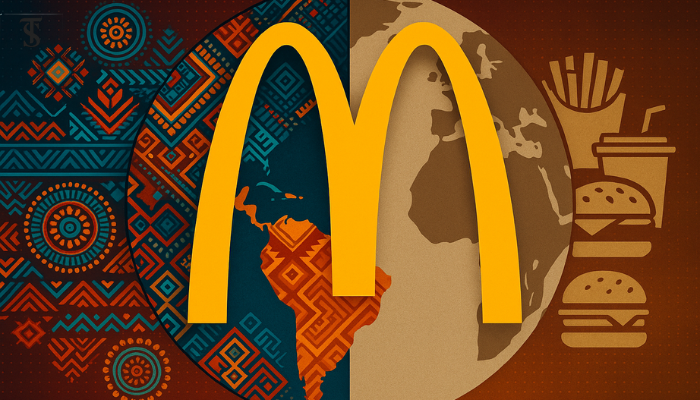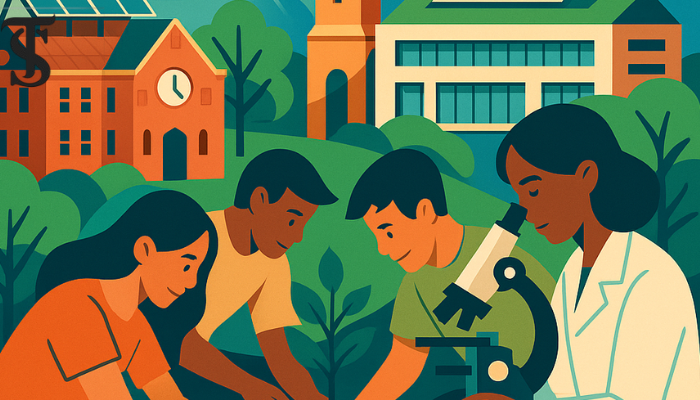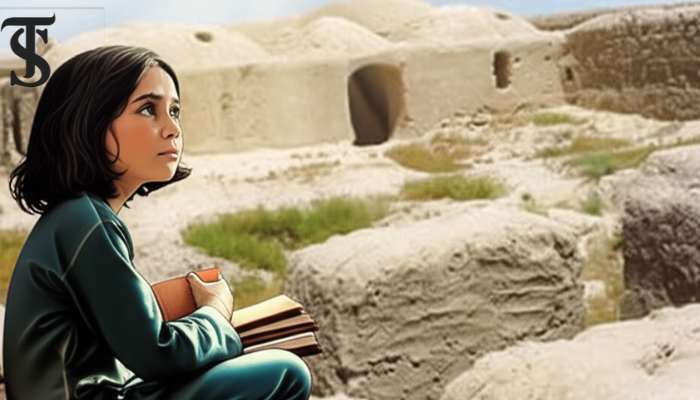McDonaldization and Its Impact on Indigenous Cultures

The term “McDonaldization,” coined by sociologist George Ritzer in his book The McDonaldization of Society (1993), describes what happens when cultures take on the traits of a fast‑food restaurant. In other words, societies, their institutions, and their organizations begin to mirror the speed, standardization, and control found in chains like McDonald’s. While Max Weber once used bureaucracy as the emblem of modern rationality, Ritzer argues that the fast‑food outlet has become the more accurate symbol of our era.
To understand how this works, first consider the four components Ritzer identifies: efficiency, calculability, predictability, and control. Efficiency demands the quickest path from hunger to satisfaction; calculability teaches people to equate “more” or “faster” with “better,” as outlined in the EBSCO Research Starter on McDonaldization. Predictability ensures the same product and service everywhere, and control increasingly replaces human workers with technology while homogenizing those who remain. As these traits spread, they generate cultural hybridization: when a McDonald’s opens in a new country, purchasing habits converge, employees don identical uniforms, and local foodways edge toward Western norms.
Yet McDonaldization is not confined to hamburgers. Consequently, its logic now shapes retail chains that rely on standardized store layouts and automated checkouts, classrooms built around rigid curricula and online modules—as explained by Simply Psychology—and hospitals that follow assembly‑line patient protocols. Moreover, workplaces across sectors track performance with tight metrics, social‑media platforms standardize user interactions to maximize engagement, and globalization extends these processes across borders, erasing many local distinctions.
Admittedly, this model also delivers benefits: speed, convenience, and measurable outcomes simplify daily life and expand access to goods and services. However, each advantage carries a cost. For example, critics point out that cultural authenticity erodes as standardized menus crowd out regional cuisines. Likewise, Mirza and Malik observe in their digital‑age study (SSRN paper) that relentless efficiency can strip workers of autonomy, turning them into interchangeable parts of a larger machine.
Furthermore, the health and environmental consequences are hard to ignore. High‑calorie, low‑nutrient fast food contributes to rising rates of obesity and diabetes, while single‑use packaging intensifies waste and pollution. At the same time, the accelerated, individualistic consumer culture fostered by McDonaldization weakens community bonds by prioritizing convenience over shared experience.
Equally troubling is labor exploitation. Because profits often trump fair wages, employees endure precarious contracts, limited benefits, and few paths to advancement. In fact, the insistence on predictability and control can stifle creativity and innovation, discouraging fresh ideas that fall outside rigid protocols.
All these tensions culminate in a central dilemma: while McDonaldization streamlines life, it can also flatten diversity. As Larney’s early analysis of information services confirms (NIT ’96 proceedings), societies risk trading rich cultural tapestries for a uniform, efficient fabric.
Thus, the challenge is clear. On one hand, modern systems built on efficiency, calculability, predictability, and control offer undeniable convenience. On the other, they threaten indigenous cultures, traditions, and identities. Ultimately, balancing modernization with the preservation of cultural uniqueness will determine whether progress enhances human dignity or quietly erodes it.





